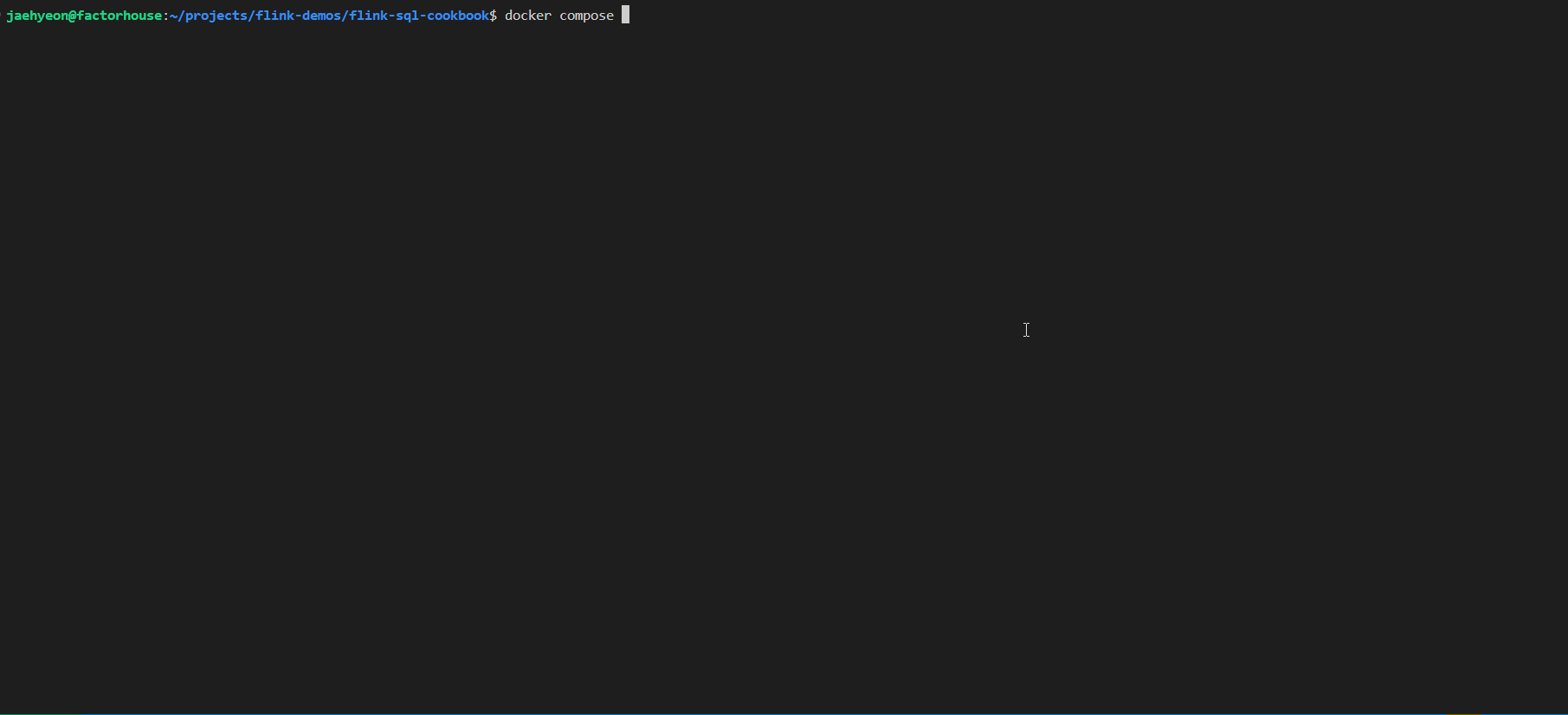
The Flink SQL Cookbook by Ververica is a hands-on, example-rich guide to mastering Apache Flink SQL for real-time stream processing. It offers a wide range of self-contained recipes, from basic queries and table operations to more advanced use cases like windowed aggregations, complex joins, user-defined functions (UDFs), and pattern detection. These examples are designed to be run on the Ververica Platform, and as such, the cookbook doesn’t include instructions for setting up a Flink cluster.
To help you run these recipes locally and explore Flink SQL without external dependencies, this post walks through setting up a fully functional local Flink cluster using Docker Compose. With this setup, you can experiment with the cookbook examples right on your machine.








